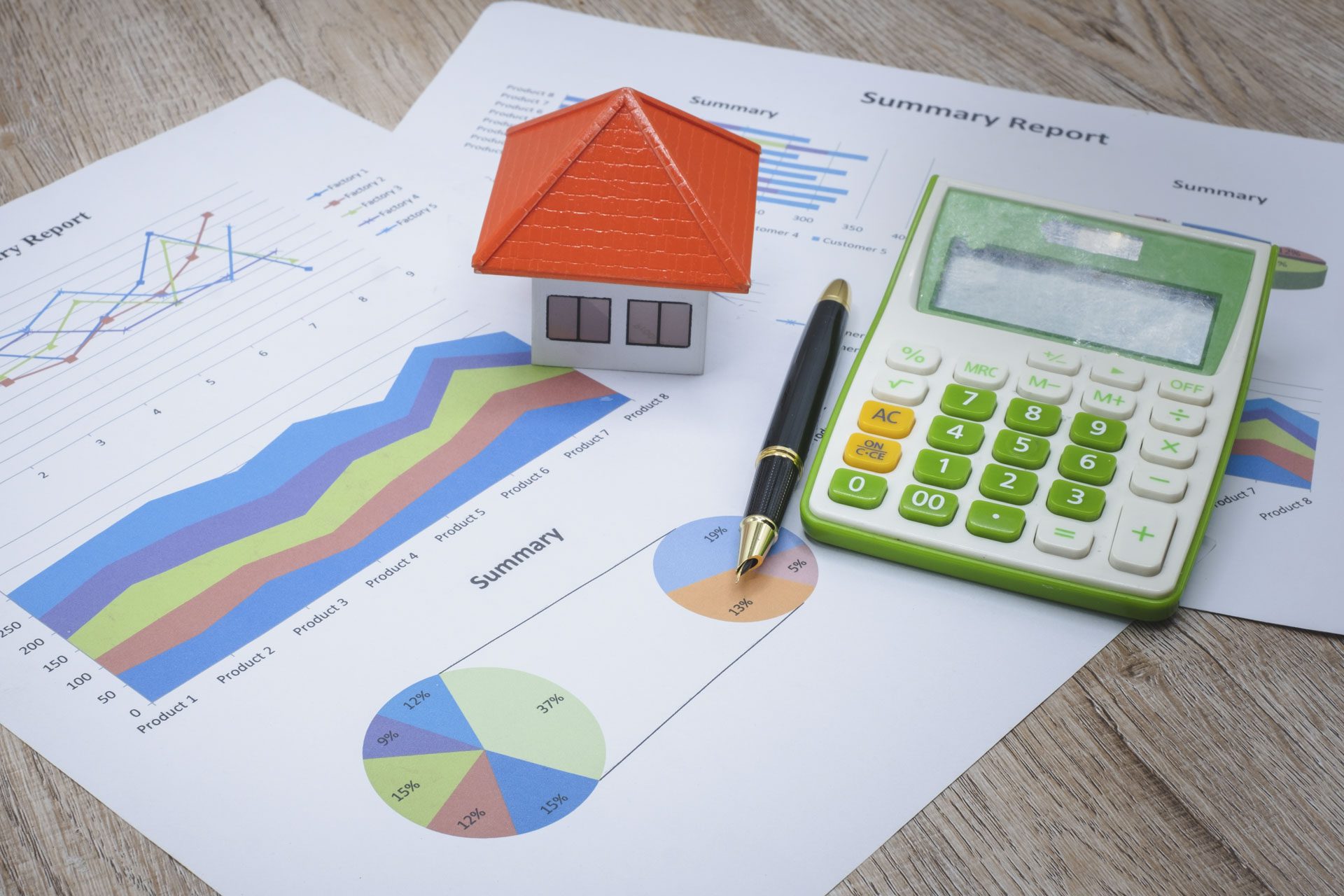
What Taxes Do you Pay With Buy-to-Let?
Property Investment FinancesIf you are considering becoming a buy-to-let landlord, it is important to understand the taxes that come with property investment. So what taxes does buy to let involve?
When buying a buy to let property for investment, your taxes will consist of rental income tax, capital gains tax, and stamp duty tax.
Learn More About the Taxes Involved in Buy-to-Let
Rental Income Tax
One of the most straightforward taxes to understand, rental income tax is essentially tax paid on rental returns. Buy-to-let landlords purchasing a property will need to declare any rental income received in a Self Assessment Tax Return. The amount paid will depend on an investor’s personal finances and the amount you earn. Rental income is taxed at the same level as the usual income from a day-to-day job or any other typical business venture. However, there are a few things to remember when calculating your rental income tax.
First, you can only claim expenses directly related to your rental property. This includes mortgage interest, repairs and maintenance, and letting agent fees. You cannot claim expenses that are personal in nature, such as your food or travel expenses.
Second, you may be able to claim a wear and tear allowance on your rental property. This allowance allows you to deduct a certain amount of money from your rental income each year to account for the wear and tear that your property naturally incurs. The amount of the wear and tear allowance depends on the age of your property and the type of property it is.
Finally, if you have any losses from your rental property, you can carry them forward and offset them against future rental income. This can be helpful if you have a bad year or two with your rental property.
Capital Gains Tax
Capital gains tax is a tax on any profit made from the sale of a property. It is particularly useful to consider when planning an exit strategy for your buy-to-let investment. Buy-to-let landlords should expect higher capital gains tax bills when selling their properties. The capital gains tax allowance for buy-to-let properties has been halved from £12,300 to £6,000 since April 2023 and will be halved again to £3,000 in April 2024. This means you will pay more capital gains tax when selling your property.
The government has introduced these changes in an attempt to discourage people from investing in buy-to-let properties. However, they will also impact those who are already buy-to-let landlords looking to sell their properties in the future.
If you are a buy-to-let landlord, you should take steps to minimise your capital gains tax liability. This could include selling your properties before the capital gains tax allowance is further reduced or investing in properties that are likely to appreciate in value more slowly.
Stamp Duty Tax
If you are planning to purchase a residential buy-to-let property in 2023, you will need to be aware of the Stamp Duty Land Tax (SDLT) implications.
SDLT is a tax paid on the purchase of property in England and Northern Ireland. The amount of SDLT you pay depends on the property’s value and whether you are a first-time buyer.
For buy-to-let properties, you will need to pay SDLT if the property is worth more than £250,000. If you already own a property, you will also need to pay an additional 3% surcharge on the SDLT. This is regardless of the value of the property.
There are some exceptions to the SDLT rules for buy-to-let properties. For example, you will not have to pay SDLT if you are a first-time buyer and you are buying a property worth less than £425,000.
You must also pay SDLT whether you own a freehold or leasehold property. However, there are some discounts available for leasehold properties that are less than 25 years old.
